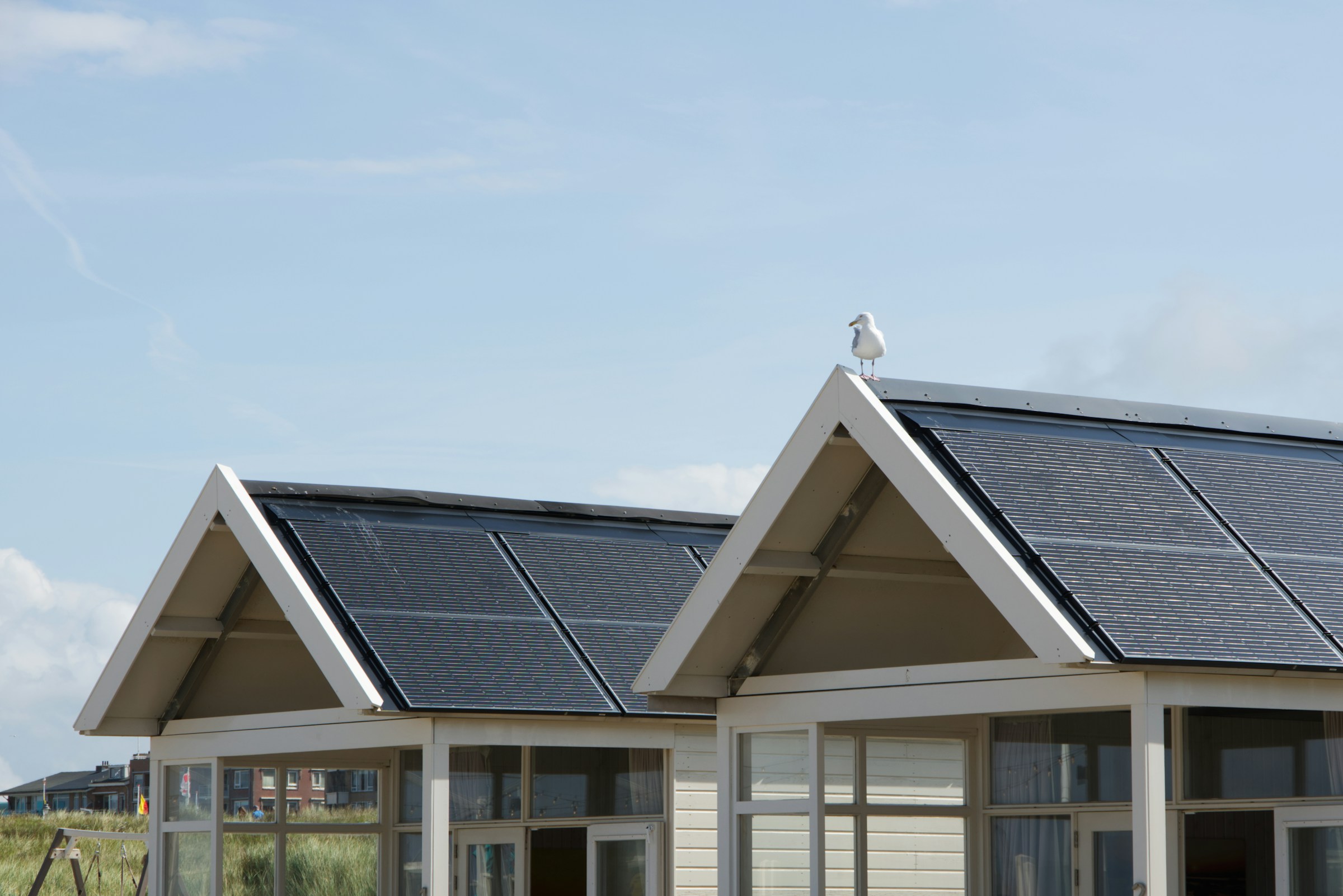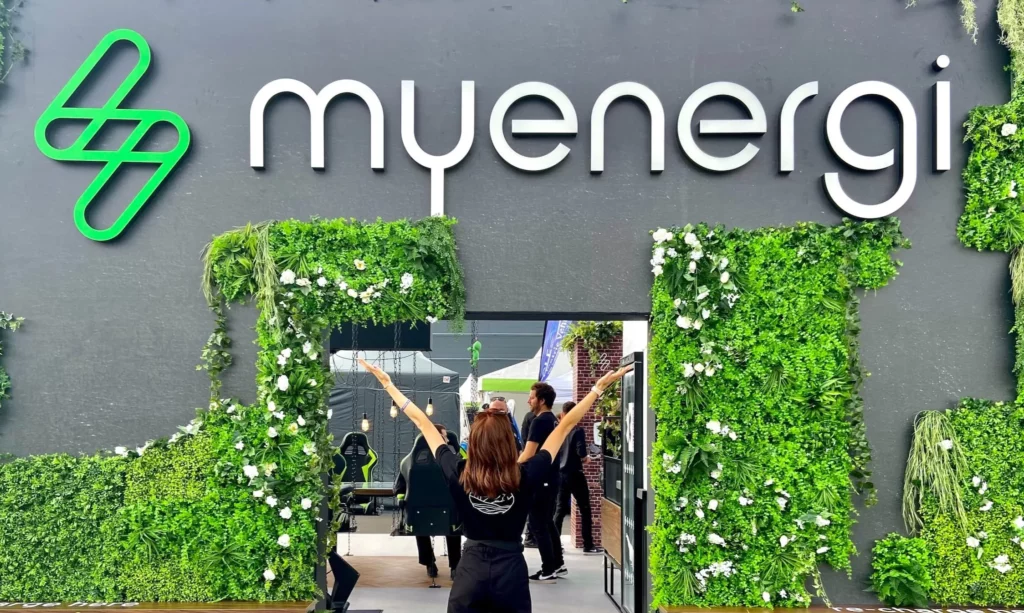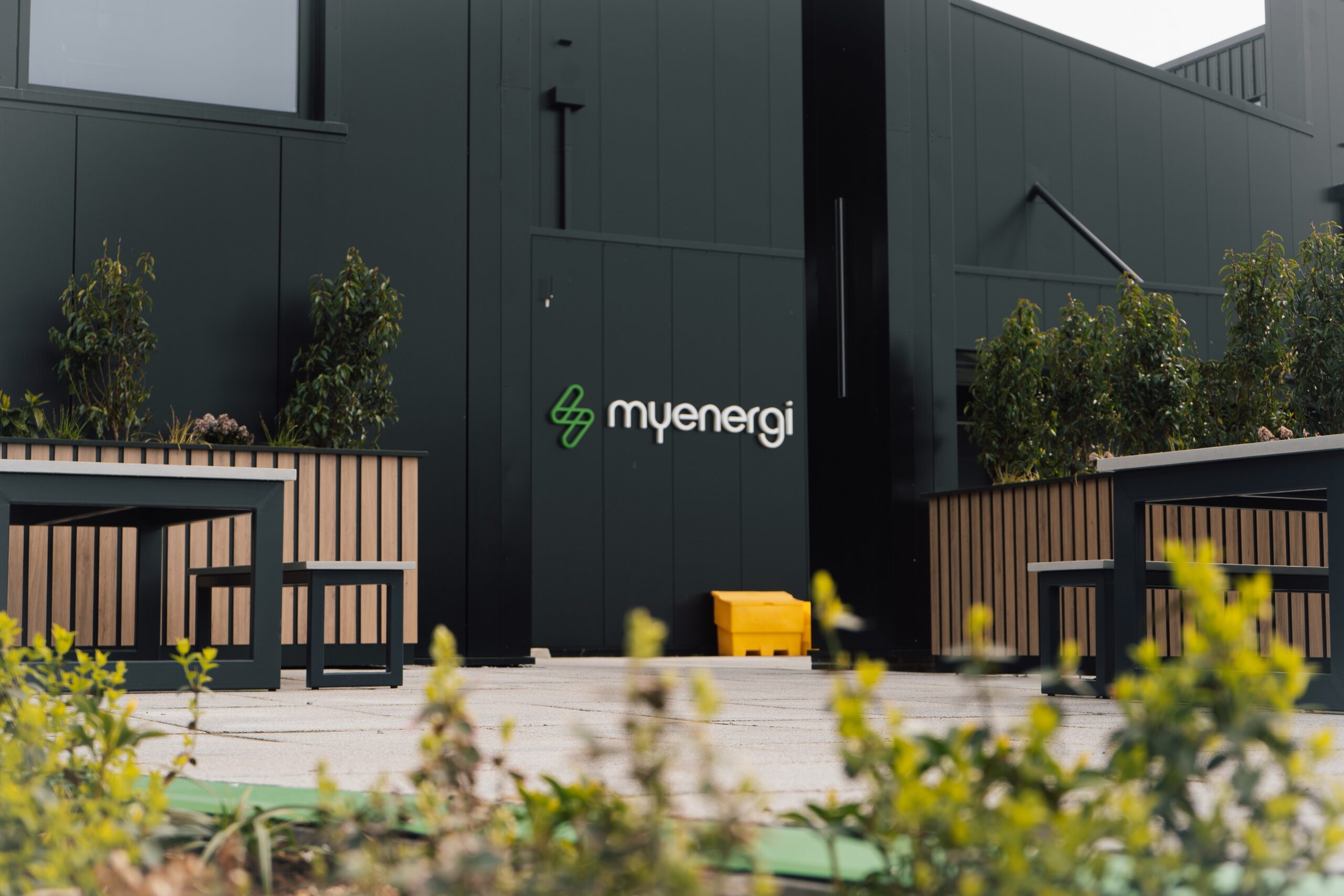Rising demand for sustainable solutions is quickly transforming the electrical trade industry. In this article, Jordan Brompton, co-founder and CMO of myenergi, explains why eco-smart technology is the key to unlocking a burgeoning market and taking advantage of the lucrative opportunities it presents.
In today’s rapidly evolving electrical installation marketplace, staying abreast of tech trends and process innovation is an important part of maintaining competitive advantage. With the industry feeling the same pressures as many other sectors, the race is on to identify opportunities for cutting above the rest. All the while, businesses must keep a keen eye on the strict regulatory landscape and adhere to evolving legislation.
Innovating, challenging, learning from best practice and developing your business across a number of fast growth areas can help navigate this dynamic landscape and stay ahead of the game. First and foremost is understanding the direction of change.
Emerging trends: where is the market going?
With sustainability continuing to rise up the national agenda, homeowners are increasingly looking to reduce their carbon footprint, lower their energy bills and reduce reliance on grid energy. As a result, investing in alternative energy and utility solutions are rapidly gaining momentum.
Mainstream microgeneration solutions, such as solar PV and small-scale domestic wind turbines, offer a simple way to take control of energy spend and live more sustainably. While common misconceptions suggest that purchasing and installing renewables is expensive, this isn’t necessarily the case.
According to consumer champion Which?, a typical 3.5kW solar PV array can be purchased and installed for around £5,500, generating enough power for a family of four. With Ofgem suggesting that the average annual household energy bill sits at around £1,717 per year[1], the payback period of renewables is far shorter than many may think.
But while installing microgen might therefore seem like an obvious choice, it’s important to understand its limitations. Free, unlimited energy is certainly attractive, but renewable generation can be unpredictable. What’s more, most homeowners are out of the house during periods of high generation and use most energy during low periods. As such, it’s not unusual to see users exporting surplus energy to the grid and buying it back (at a far more expensive rate) when they need it most.
In the past, this has created a barrier too high for many homeowners to overcome. However, owing to significant developments in battery technology, new innovation in self-consumption solutions and tax reliefs from the government[2], the picture is changing fast.
Future-proofing with eco-smart solutions
At myenergi, we’re renowned for our eco-smart product range, which has been specifically designed to maximise the value of renewable energy generation technology and improve payback periods for homeowners.
We’re best known for designing the market’s first solar-compatible EV charger – zappi – a future-proofed solution that, alongside operating as a mains-connected charging device, seamlessly integrates with renewable energy generation technologies and allows users to harness 100% green energy. In periods of low generation, zappi can automatically optimise around energy tariffs to enable charging at both cheaper and greener times from the grid.
Alongside zappi, we also manufacture a wide range of other devices, including the eddi solar power diverter and libbi, our modular home energy storge system.
The idea of smart, automated ecosystems that use renewable energy to charge our cars, warm our homes and store surplus for peak time deployment is a real game-changer. However, it’s not a vision for the future, it’s available right now.
How can installers take advantage of these trends?
The accessibility and increasing availability of more advanced green technology means higher demand and, inevitably, more inbound enquires for electrical installers. Alongside the uptick in direct orders, installers will also benefit from a greater ability to up-sell new products.
For installers to make the most of this modern tech, the main priority should be training. Efficiently and effectively installing products like power diverters and home batteries requires specialist knowledge, so installers should prepare for a boom in tech installations by seeking the right guidance and training. To find out more about the qualifications required to install renewable energy tech, the City & Guilds website contains a wide range of expert courses and further detail about how to harness new opportunities.
Additionally, installers can benefit from manufacturer-led training to get the latest guidance, tips, tricks and (in some cases) receive the best deals. At myenergi, we bring together a trusted pool of installers that become authorised subcontractors, offering them the ability to receive free product training sessions to enable easier installation, more effective up-selling, better marketing and customer service, and even financial incentives for installing particular products.
As well as learning and development for installers, myenergi also runs the ‘academi’, which offers apprenticeships, internships, and post-graduate schemes throughout all areas of the business. It is designed for school, college, and university leavers looking to kick-start their career, or career changers who are looking to enter the green-tech space.
Staying acquainted with the latest, and most advanced solutions through ongoing learning and development should be the number one priority for installers to cut above the rest in an increasingly competitive marketplace. Taking advantage of the rise of renewables can offer exciting new opportunities and really help your business boom.
[1] https://www.ofgem.gov.uk/energy-price-cap
[2] https://www.gov.uk/government/consultations/vat-energy-saving-materials-relief-improving-energy-efficiency-and-reducing-carbon-emissions/call-for-evidence-vat-energy-saving-materials-relief-improving-energy-efficiency-and-reducing-carbon-emissions








